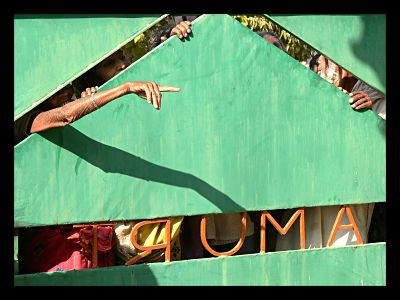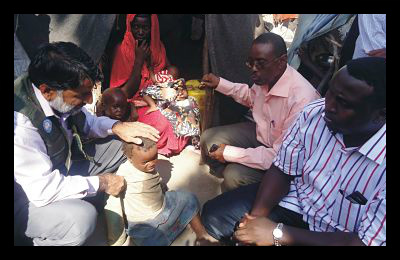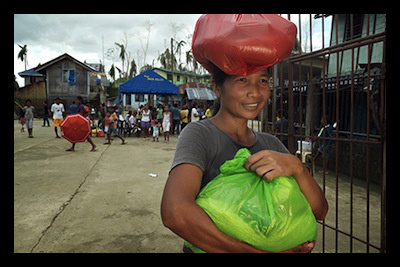
We live in a technological age, aptly called the information age. One of the staples of the information age is the inclusion of technology into our daily lives. The majority of our lives are structured around the technological advancements we have accomplished, from where to how we communicate. While these advancements are significant in our everyday tasks, their great significance extends during times of crisis and emergency response efforts.
One of the most significant ways in which technology has revolutionized disaster relief is the ability to get information to those in need of aid. The greatest technological advancement that achieves this goal is mobile phones.
In a Q&A regarding the utilization of technology in fighting the Ebola outbreak, Eric King, an innovation specialist who worked on the USAID’s Disaster Assistance Response Team in Liberia during the Ebola outbreak had this to say: “A decade ago, a small percentage of West Africans had access to cellphones. Now, mobile phones allow us to connect those in need with those who can help. Families of the sick can call emergency Ebola hotlines, social mobilizers can share tips for community engagement, individuals can resolve Ebola rumors by texting local radio stations, health workers can be paid electronically, and clinics can flag when they’re low on supplies.”
Technological advancements are not limited to those in need of aid. Another prime instance of technological advancements revolutionizing emergency response efforts comes from the manner in which response efforts can mobilize.
There are numerous examples of advancements in communications technologies that have made the mobilization of relief efforts drastically faster and more efficient; during disaster events, speed and efficiency can literally save lives.
One such example comes from the relief efforts performed when Super-typhoon Haiyan struck the Philippines in 2013. Due to weather tracking technology, the storm was seen well enough in advance to allow early warning to those areas that would be affected. Furthermore, due to this advanced warning, the United Nations Office for the Coordination of Humanitarian Affairs (UNOCHA) was able to reach out to the Digital Humanitarian Network (DHN) for assistance. The DHN volunteers utilized social media, as well as other online platforms, to help create a digital map of the aftereffects of Super-typhoon Haiyan. This map was then used to help coordinate relief efforts in the area.
More than just coordinating relief efforts, social media plays another vital role in aiding emergency response efforts, as does technological advancement in general. Technological advancements, particularly those centered on the Internet, allow information regarding disaster relief efforts to be spread much more rapidly to the public. This has numerous benefits, but the most significant is the capacity for organizations to gain public support and assistance during disasters. Many organizations that aid in disaster relief rely heavily on public support, particularly for volunteers.
With the advent of the Internet, these organizations can get more attention and recognition, which in turn garnishes a significant amount of support. These are but a few of the ways in which technological advancement has advanced emergency response efforts.
– James Miller






